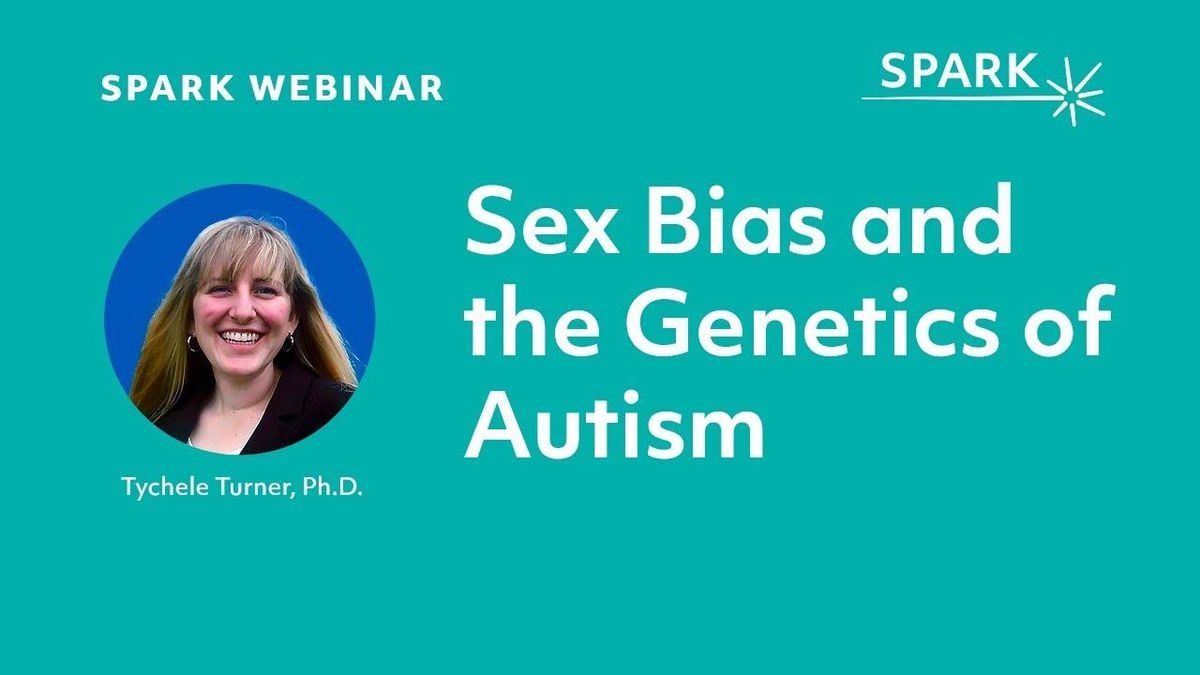Time: 2024-08-03
A new study published in Science Advances has provided insights into the genetic mechanisms underlying the sex differences observed in Autism Spectrum Disorders ( ASD ) . The research focused on the role of the Ube3a gene and how variations in its dosage can influence autism - related traits differently between males and females . By studying mice with extra copies of the Ube3a gene , researchers discovered significant sex - specific effects on brain connectivity and behavior , shedding light on why autism is more prevalent in males.

Autism , a complex neurodevelopmental condition , is characterized by challenges in social interaction , communication , and repetitive behaviors . The exact causes of autism remain unclear , with a combination of genetic , environmental , and neurological factors believed to play a role . One intriguing aspect of autism is its higher prevalence in males , with approximately four males diagnosed for every female , prompting scientists to explore potential genetic and biological mechanisms that may explain this gender bias.
The Ube3a gene , located on chromosome 15 , is known to be involved in neurodevelopment and has been associated with autism . However , its interaction with sex - specific mechanisms had not been extensively studied until now . Researchers , including study author Alessandro Gozzi from the Italian Institute of Technology , conducted experiments with genetically modified mouse models to mimic conditions associated with autism . They found that increased dosage of the Ube3a gene led to significant differences in brain connectivity between male and female mice , suggesting a sex - specific impact on autism - related behaviors.
Behavioral tests revealed that male mice with increased Ube3a dosage exhibited more repetitive behaviors , such as excessive grooming , compared to female mice . These findings were further supported by RNA sequencing analysis , which showed dysregulated expression of autism - associated genes in a sex - dependent manner . The study highlighted the intricate relationship between genetic factors , sex hormones , and autism prevalence , emphasizing the importance of understanding how genetic alterations affect brain function in individuals with autism.
While the research provides valuable insights into the genetic and biological factors contributing to the sex bias in autism , there is still much to uncover . Gozzi emphasized the need to explore other genetic mechanisms that may influence the condition and the importance of addressing knowledge gaps in autism research . By unraveling the complexities of autism at the genetic level , scientists hope to improve diagnosis , treatment , and support for individuals affected by this condition.
The collaborative effort of researchers involved in the study , titled " Sex - biasing influence of autism - associated Ube3a gene overdosage at connectomic , behavioral , and transcriptomic levels , " demonstrates the ongoing commitment to understanding autism and developing more effective interventions for those living with ASD . As scientific inquiry continues to advance , further studies may reveal additional pathways and mechanisms that contribute to the complexity of autism spectrum disorders.